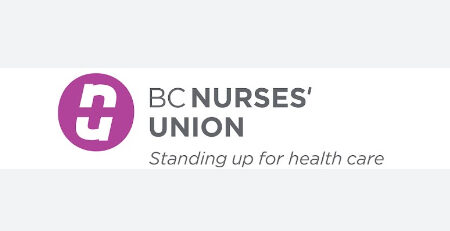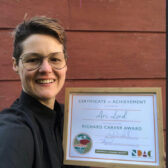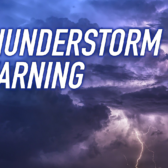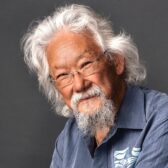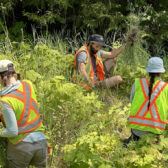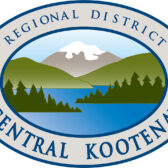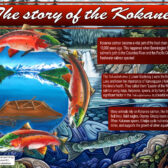River Talk — Movement grows to build weir/dam across Koocanusa Reservoir
Eileen Delehanty Pearkes has been researching and writing about the history and politics of water in the upper Columbia Basin since 2005.
Her book on the Columbia River Treaty, A River Captured, was released in 2016. Recently, her travelling exhibit on the Columbia River Treaty, curated for Touchstones Nelson, won a national award from the Canadian Museum Association.
Pearkes has agreed to help readers understand the importance of the Columbia River Treaty to the region with another edition of River Talk.
Today, Pearkes writes about a movement to build a weir/dam across Koocanusa Reservoir in the East Kootenay following a virtual town hall earlier this month.
The recent roll-out of a grass roots proposal to construct a dam in the East Kootenay just above the international boundary has created a splash in Columbia River Treaty circles. You can find the outline by BCG Engineering here.
It’s worth having a look at the plan, and at some important points in the history of the CRT.
Residents of the East Kootenay have long complained about the conditions on the Canadian side of the Koocanusa Reservoir that stores water behind the – American side – Libby dam.

The photo of the Koocanusa Reservoir when the water storage is drained each spring. — Photo courtesy Ken Bettin
Completed in 1973, the Army Corps of Engineers dam was designed to regulate how spring snow melt in the Kootenay River watershed (87% of which originates in Canada) enters the downstream watershed. It has done so effectively, but at a considerable price to local residents.
The upper end of the reservoir in Canada bears the brunt of the storage draw down each spring, and in dry years, the reservoir’s moonscape does not always refill to a level that allows for much recreation. The control over these water levels is 100% vested in American operation of Libby dam.
Looking to history, it’s easy to understand why those Canadians opposed to the 1964 treaty called it ‘the great giveaway.’
Canada did not receive any compensation for the loss of land and ecosystem in the Kootenay River valley, nor does it today receive any share of the power produced at Libby dam, often more than $100 million annually.
In addition, in the 1990s, U.S. environmental law began to require that some water stored behind Libby be released to benefit fish populations downstream.
The Libby Coordination Agreement, signed in 2000, was an attempt to give Canada some means for compensation, but the focus of that agreement was on power production, not on recreational values. Nor has anyone put any real focus on the upper Kootenay’s heavily impacted (destroyed?) ecosystem.
The complex shape of the Kootenay River watershed results in both countries being upstream, and downstream, of each other, as the water drains from the Rockies and Purcell mountains toward the sea.
Which means that anything residents of the East Kootenay region wish to see changed will affect Canadian residents of the West Kootenay region who live along Kootenay Lake. Changes could also affect how much power can be produced in the dams and generating stations in that region, of which there are several.
If you are reading this and have yourself grown confused, it’s normal.
I’ve heard some people decry the Kootenay River watershed for its annoyingly complex shape, but the real complexity is that ruler-straight 49th parallel, drawn in 1846 with no thought to natural geography. Also complex was the balancing (or imbalancing) of interests in the original CRT. It can be dizzying.
On January 12, 2021, I sat in on the first public consultation meeting (virtual) about the proposed dam at the boundary. Hosted by the province of British Columbia, over 130 people joined in. A good number of them were American, demonstrating that interest in this proposal has quickly spread beyond its grass roots origin.
That’s a good thing.
Libby dam was, indeed, a giveaway of local control. The reasons for Canada’s boondoggle are political and, as you might predict, disappointing. While some alternatives being touted back in the early 60s were hardly savoury (one involved damming and flooding the entire East Kootenay river valley), they did provide a more sovereign approach to water management.
In receiving both Arrow Lakes Reservoir storage and permission to construct Libby dam, the U.S. had a win-win. Most Americans involved in water management have long forgotten that, and are used to things staying as they are.
It’s well known in CRT negotiation circles that Canada wants changes to the operation of Libby dam as part of its “ask.”
These changes, however uncomfortable for the U.S. to contemplate or to enact, would be a very good thing. Libby’s lopsided benefits from operations need addressing. I have a measure of confidence that negotiators for Canada are indeed taking this seriously, though I am not equally confident that they are considering ecosystem-impacts with any fervor.
Quoting Sinixt descendant D.R. Michel of the Upper Columbia United Tribes, “One river, for the benefit of all.”
Michel is not just talking about people on both sides of the border. He’s talking about the manifold creatures that benefit from water.
Stay tuned for more, as the proposal to take back Canadian control of the Koocanusa Reservoir has its impact.






